Wearing a waist trainer regularly can help support posture, shape your figure, and enhance workouts. However, because waist trainers sit directly against the skin and are typically worn tightly around the core, they absorb a significant amount of sweat, body oils, and bacteria. Over time, this buildup can lead to unpleasant odors, skin irritation, and even breakouts if not properly cleaned. Moreover, accumulated grime can break down the fabric's integrity, reducing its compression ability and overall performance. To keep your waist trainer effective, fresh, and safe for regular use, it’s crucial to learn the correct way to clean it. Let’s dive into the step-by-step process and key care tips to extend the lifespan of your waist trainer.
How Often Should You Wash a Waist Trainer?
Wash your waist trainer every 2-3 wears or immediately after intense workouts. For everyday use, spot clean regularly and deep clean weekly.
Materials Matter: Read the Label First
Waist trainers are made of latex, neoprene, spandex, or a cotton blend. Always check the care label for manufacturer-specific instructions before cleaning.
Supplies You'll Need
- Mild detergent (no bleach or fabric softeners)
- Cold or lukewarm water
- Clean towel
- Soft cloth or sponge
- A basin or sink
Hand Washing: The Safest Method
Hand washing is the best and safest way to clean your waist trainer without compromising its shape or materials. Here’s how to do it effectively:
Step 1: Prepare the Cleaning Solution
Fill a clean basin or sink with cold or lukewarm water—never hot, as heat can warp or shrink the material. Add a few drops of mild detergent designed for delicates. Avoid using harsh chemicals, bleach, or fabric softeners, as they can degrade the trainer's elasticity.
Step 2: Gently Clean the Waist Trainer
Submerge the waist trainer in the water and gently swirl it around with your hands. Use a soft cloth or sponge to spot clean areas with visible sweat or staining, especially the inner lining. Be gentle to avoid stretching or tearing the fabric. Focus on the areas that come into contact with your skin the most, like the stomach and back panels.
Step 3: Rinse and Remove Excess Water
Drain the soapy water and rinse the waist trainer thoroughly under cool running water. Continue rinsing until the water runs clear and no detergent residue remains. Once clean, lay the waist trainer flat on a towel and roll it up to absorb excess moisture. Do not wring, twist, or scrub harshly, as this can cause permanent damage to the shape and stitching.
Step 4: Lay Flat to Air Dry
Unroll the towel and lay the waist trainer flat on a new, dry towel in a shaded, well-ventilated area. Avoid hanging it or using a dryer—both can lead to misshaping or damaging the material. Let it air dry completely before wearing or storing it.
Can You Machine Wash a Waist Trainer?
Generally, no. Machine washing can damage the fabric and steel bones. Only machine wash if the label explicitly states it's safe, and always use a lingerie bag on a delicate cycle.
Mistakes to Avoid When Washing
- Don’t use hot water: It can damage elasticity.
- Avoid harsh detergents: These degrade the material.
- No twisting or wringing: It deforms the shape.
- No tumble drying: Heat warps the structure.
Tips for Daily Maintenance
- Wipe down with a damp cloth after each use
- Rotate between two waist trainers if used daily
- Store flat or rolled in a cool, dry place

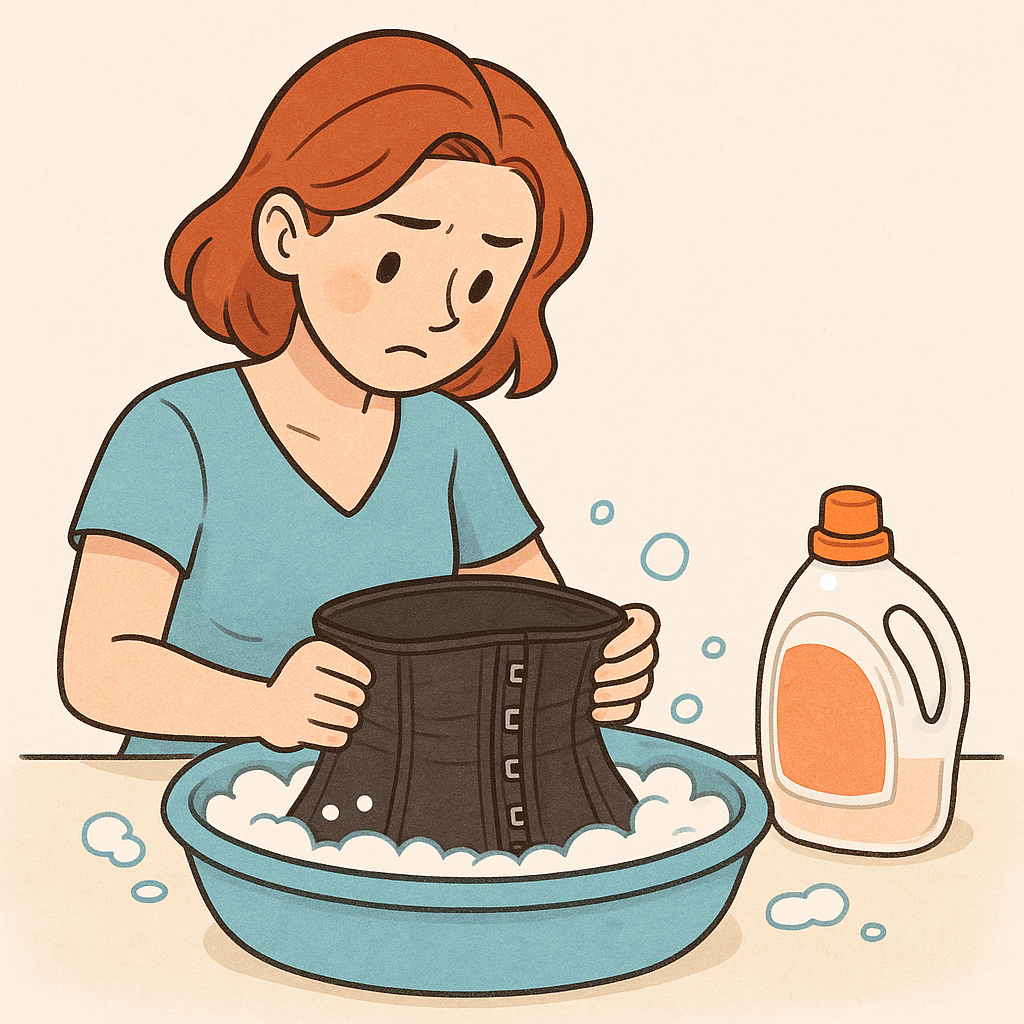

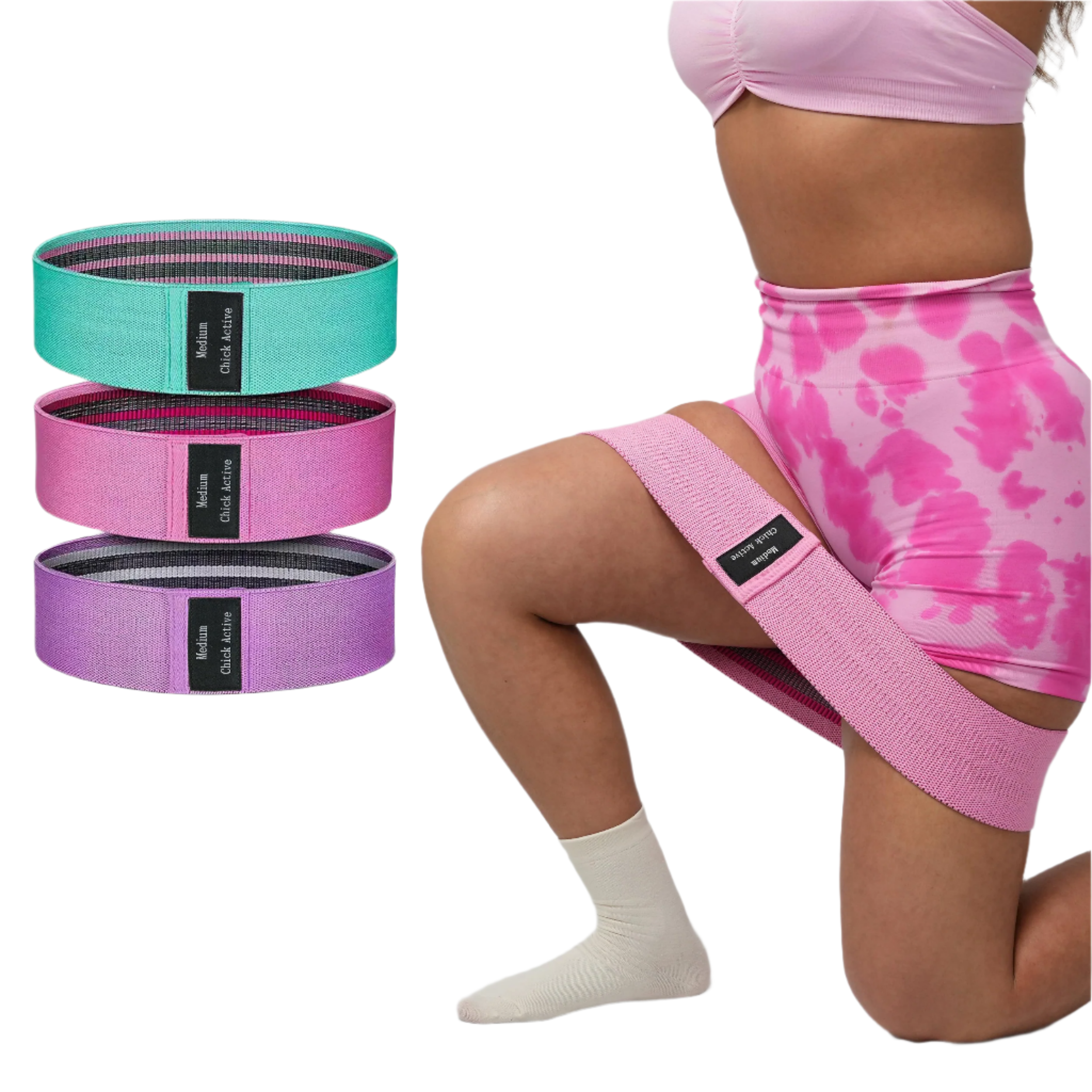
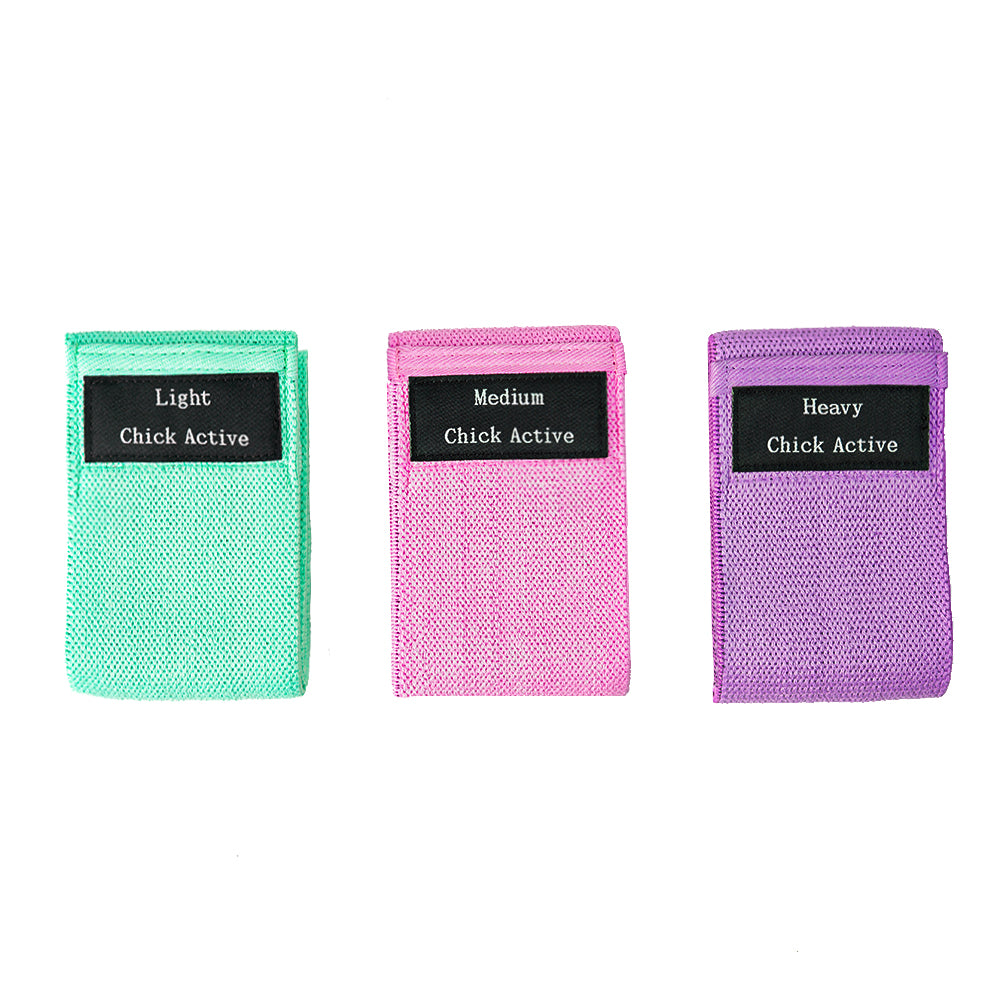
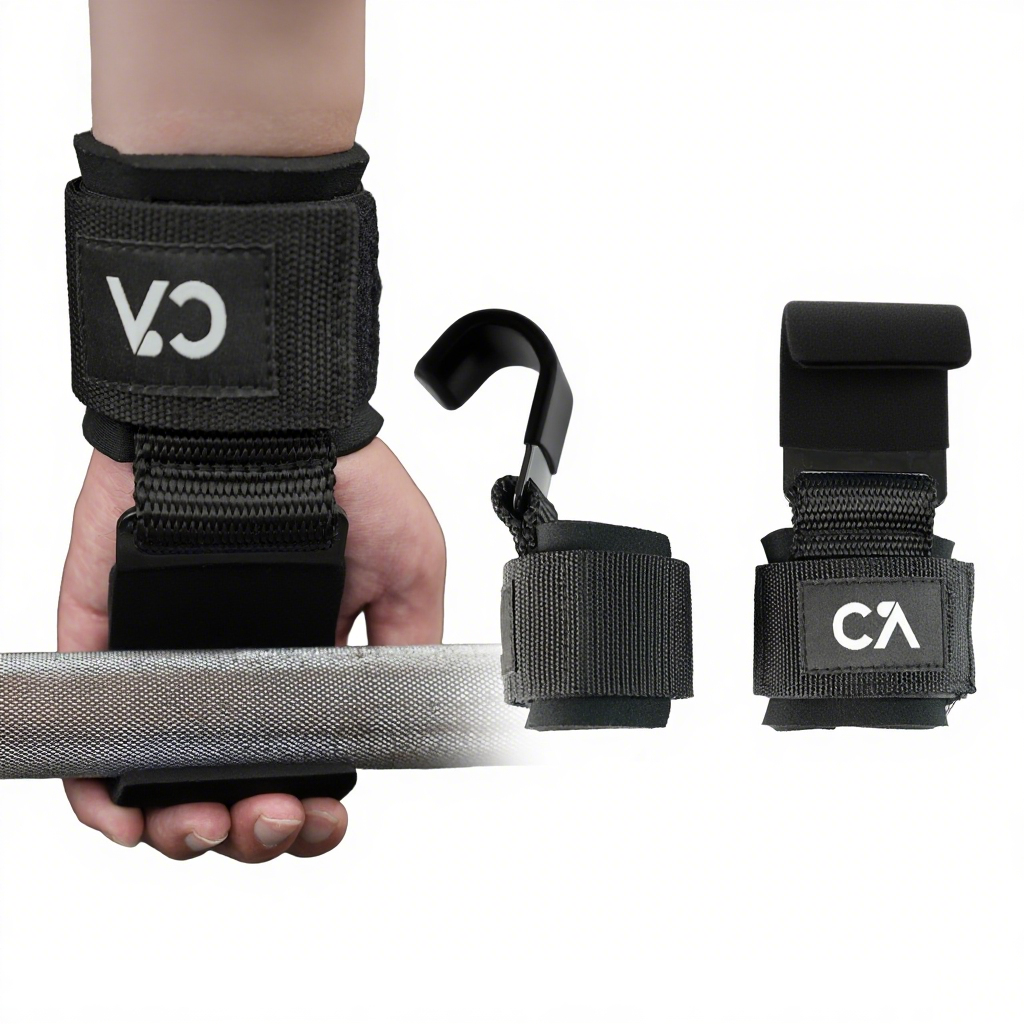
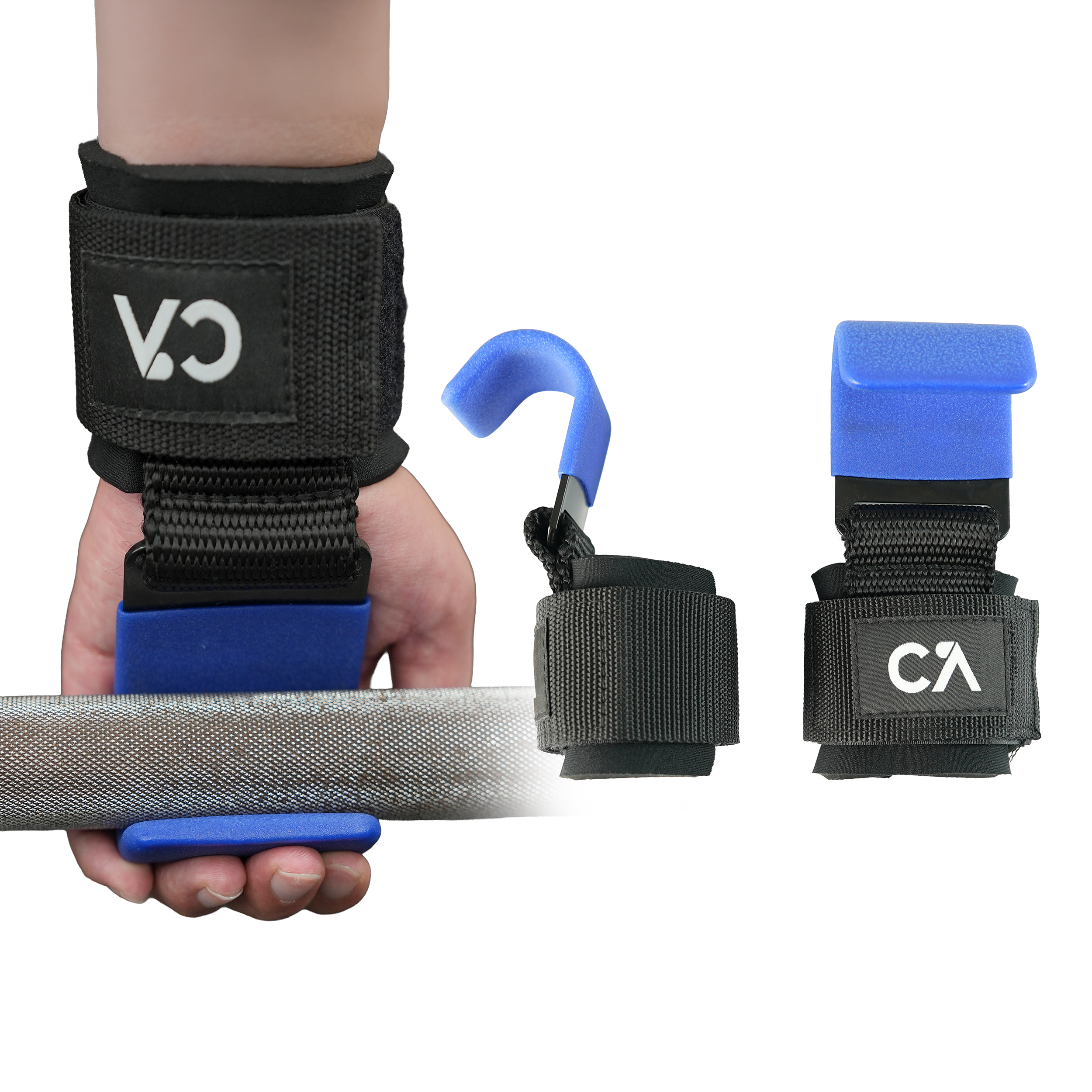

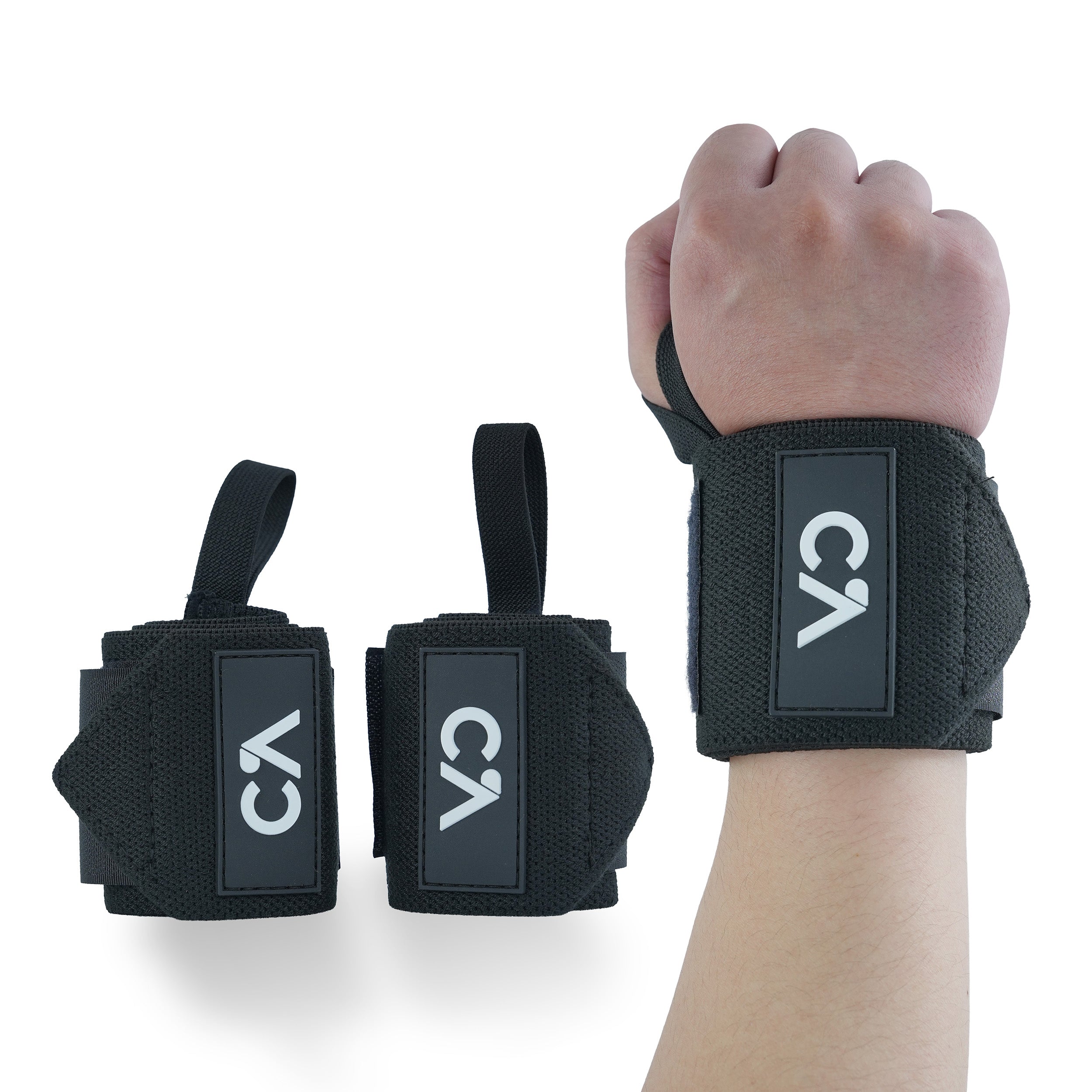
Leave a comment
All comments are moderated before being published.
This site is protected by hCaptcha and the hCaptcha Privacy Policy and Terms of Service apply.